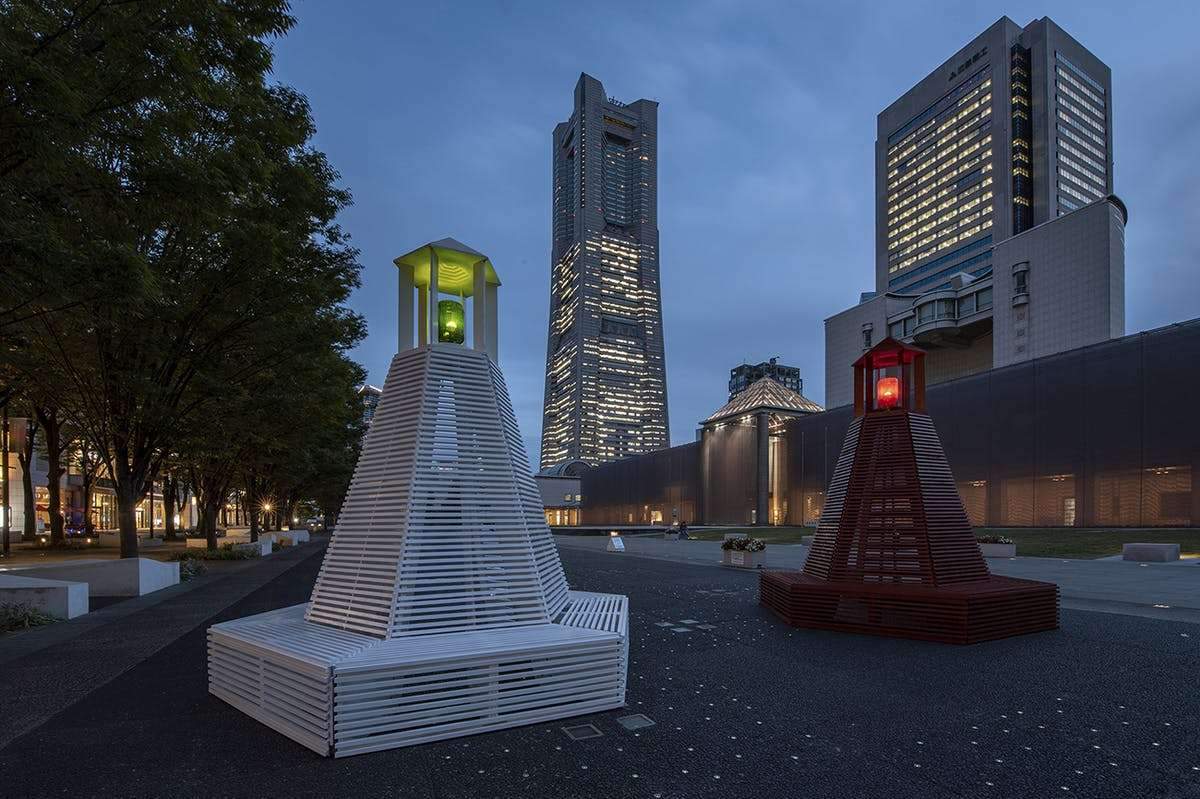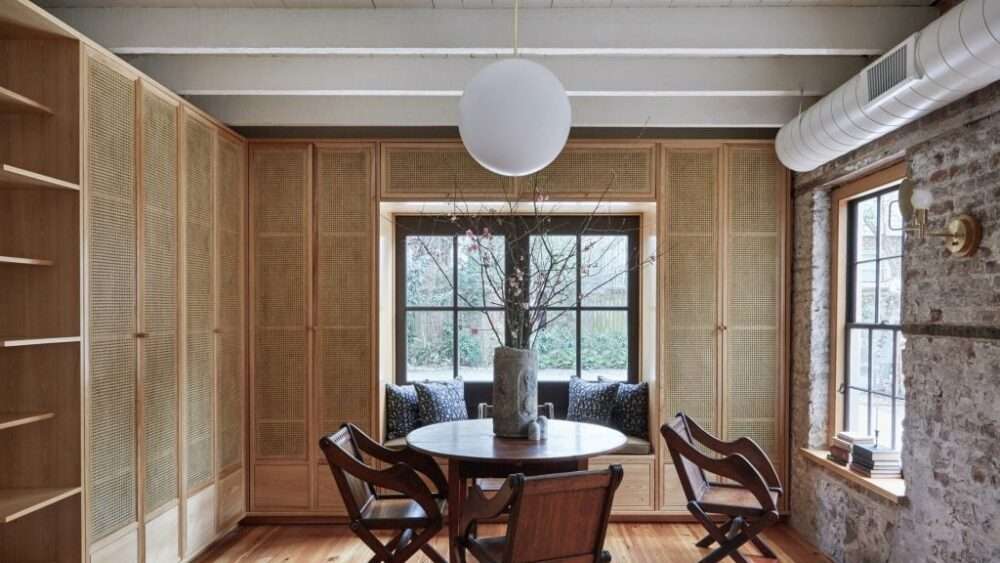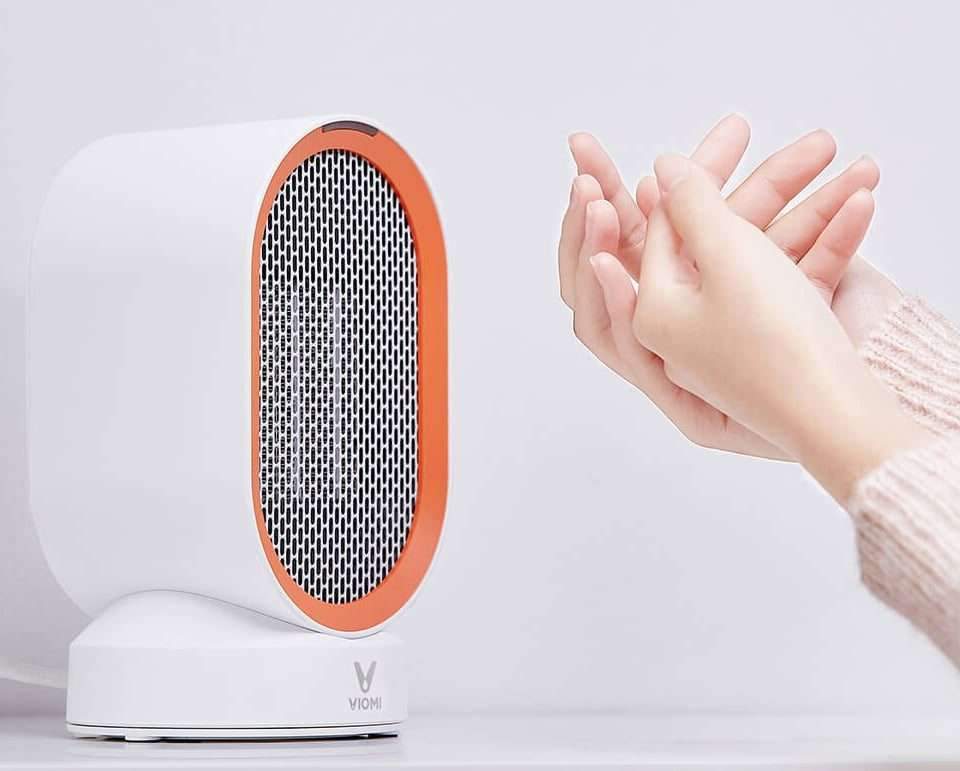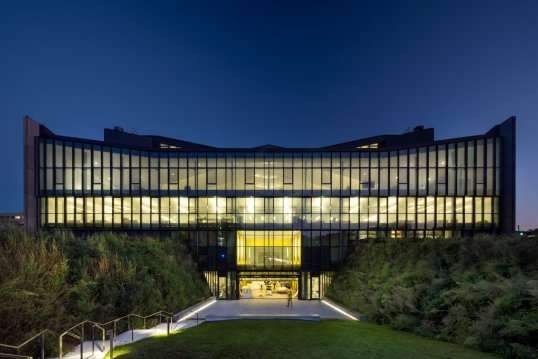Takanao Todo + Sekai Architects have shared with us their winning street furniture design that was completed in October 2020 within the Japanese port city of Yokohama as a part of the 4th Yokohama Street Furniture Competition. The intervention aims to supply seating opportunities to the general public while also remembering the city’s rich maritime heritage.
Following is the project description from the design team.

“Yokohama may be a city of destination. the primary railway in Japan connecting Shinbashi to Yokohama was opened in 1872. the primary International Ferry Terminal connecting Yokohama to the planet opened in 1894. All sea visitors to and from Yokohama witnessed the illuminated lighthouse beacons within the distance as a logo of either the start or the top of their journey. As time has passed, Yokohama has developed into one among the most important global seaports and may be a bustling city of bright lights and glittering tourist destinations, but the importance of the first lighthouses has been forgotten.”

“Takanao Todo + Sekai’s new street furniture aims to rekindle a way of destination among visitors by remembering Yokohama’s historic maritime markers. the planning of the furniture may be a fusion of comfortable park seating and symbolic artifact. The hexagonal form and tall proportions of those benches recollect the oldest functioning lighthouse in Yokohama constructed in 1896.”


“A pair of those tall ‘lighthouse’ benches are located as a portal astride the park’s North East- South West pedestrian avenue where it intersects with a perpendicular avenue. Those on the proper of the avenue are finished in red and culminated with a red beacon and people on the left are finished in white with a green beacon , as a regard to the port and starboard markers at the doorway to international seaports – drawing a connection to Yokohama’s maritime heritage. At night, it’s hoped that the glowing benches will assist to orientate park visitors and provides an equivalent sense of comfort and safety as their namesakes gave to maritime vessels.”


“The carcass of the lighthouse benches is made from CNC cut 15-mm waterproof plywood and therefore the slatted enclosure is made from 20×20-mm hardwood with a weather-resistant coating. The benches were prefabricated in modules and bolted together on site. The lights for the standalone benches are powered by a manual hand crank generator concealed within the carcass. Construction and finishing were undertaken by almost 100 students from Seisa University, to where the furniture are going to be relocated after the Triennale.”






